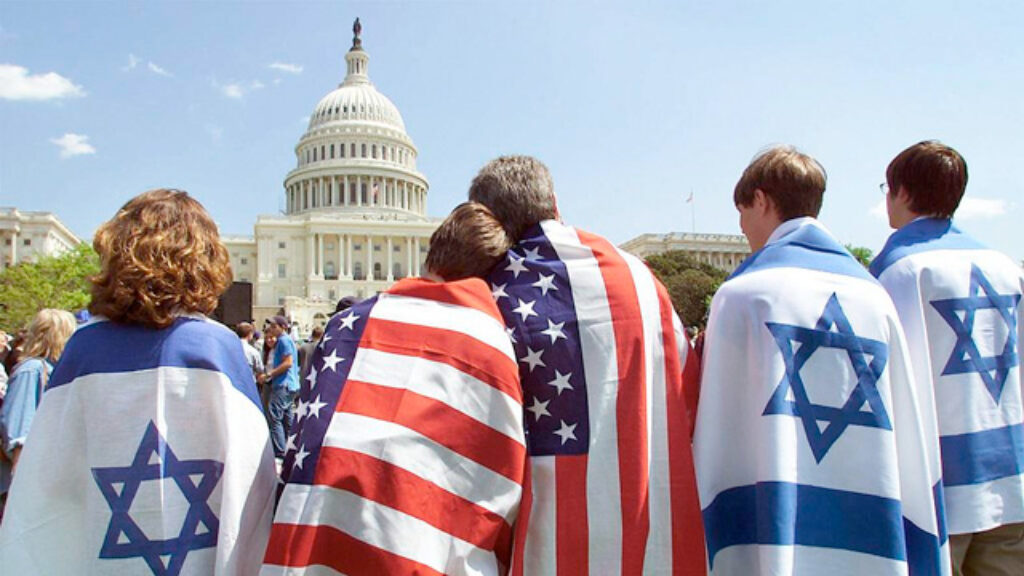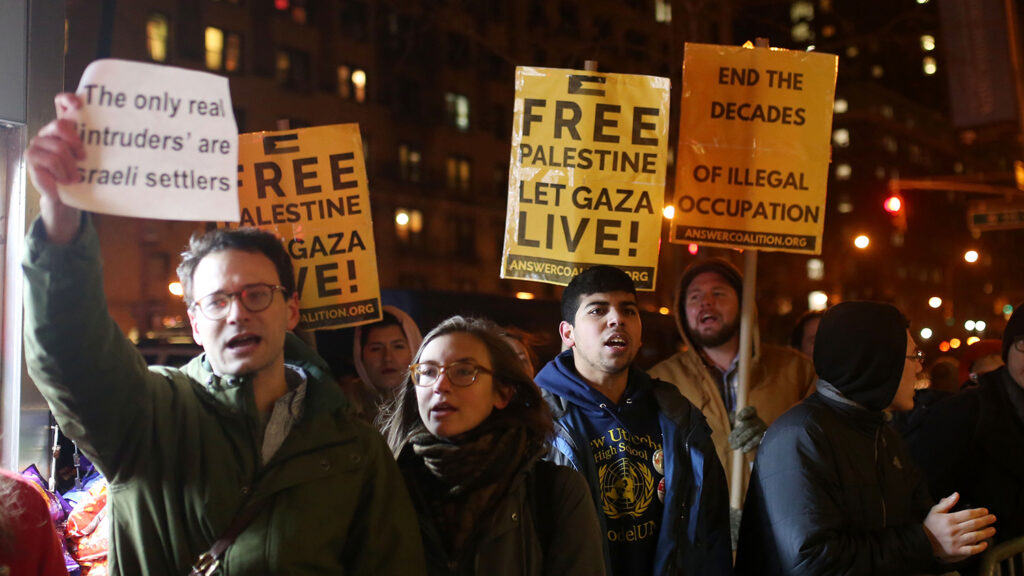Jewish Resilience: Taught By Our Tradition and Tested By Our History
BY ADIN LINDEN
The over three thousand years of Jewish history has often been uneasy and tumultuous. Crisis has never been too far from the Jewish people. At times, those crises have been imposed by others, but the Jewish people have also often been plagued by internal strife, be it religious, political, or cultural. From the golden calf to the assassination of Israeli Prime Minister Yitzchak Rabin, Jews have sometimes seemed to be our own worst enemy. But is our reaction in these times of intense internal disagreement due to a tradition that guides us through troubling times, or a result of history and the circumstances we have found ourselves in? Is there something in the foundation of Jewish thought that allows us to move through moments of internal strife, or is it something we have built through those moments? I believe it is a combination of both.
For the Talmudic Rabbis, it seems clear that disagreement is the foundation of the Jewish tradition. There is the rabbinic idea of “מַחֲלֹקֶת לְשֵׁם שָׁמַיִם,” or disagreement for the sake of heaven. In fact, the entire Talmud, a foundational Jewish text, is a series of disagreements being retold and picked apart by various scholars. Furthermore, in key moments in the Torah, Moshe is found disagreeing with God. There are also times when this disagreement turns hostile, such as with the rabbinic figure Elisha Bar Abuya, whose views caused him to be excommunicated and his rabbinic peers to refer to him as “the other.” Our tradition establishes a precedent that we, as a community, believe in healthy disagreement. It is through our history that we learn where the line between healthy and unhealthy lies.
There are moments in our history where it becomes clear that despite our traditional welcoming of disagreement, internal dissent goes too far and becomes dangerous. In the Biblical period, it was internal strife that led to the splintering of the Davidic Kingdom into two nations. The Romans’ occupation of Judea began because the Hasmoneans were in the midst of a civil war, caused by disagreements over succession of the kingship. Our Sages believe it was “baseless hatred” amongst different factions of the Jewish people that caused the destruction of the Second Temple. What started as healthy disagreements over kohanic power and rabbinic precedents, became the cause for one of our greatest historical traumas.
A history-only argument for Jewish resilience would mean that Jews adapted over time and responded to crises as they occurred, because of certain circumstances, while a tradition-only argument would mean that Jews possess a set policy for crisis response, either derived from the Torah or the Sages. When it comes to internal strife, it would seem Judaism sets a precedent with a tradition that believes in disagreement and dissent, and throughout its history adapts the boundaries of what is healthy disagreement versus dangerous dissent. Moments such as the destruction of the Second Temple show us that there is a clear line where disagreement crosses into the “dangerous dissent” territory.
This extends to contemporary Jewish struggles as well. For example, when the Uganda Plan was proposed in 1903, the Sixth Zionist Congress voted to send an investigative commission to the land, but a group of vocal dissenters protested and eventually got the Congress to give up on the Uganda Plan. Fourteen years later, the Balfour Declaration declared Britain’s support for a “national home for the Jewish people” in Palestine. On the other hand, the Altalena incident between competing Israeli political factions and military organizations stemmed from fundamental disagreements about the nature of the state of Israel. It resulted in bloodshed as Jews attacked other Jews. Our responses to these moments are informed by a combination of having a tradition that embraces disagreement within reason but also creates boundaries. Where disagreement becomes dangerous, or results in tragedy, we must conduct historical analysis.
Studying these moments of intense communal struggle, one can learn some staples of Jewish resilience, particularly the importance of evaluating not only the Jewish tradition’s response to strife but also the historical backdrop of the dissent. Jewish resilience cannot be reduced to simply being a part of our tradition or a result of history, it is both. And if we Jews are to survive through those incredibly difficult moments when we are our own worst enemy, then we must see our connected fate as such. Our resilience is taught by our tradition and tested by our history, and so we must learn from both.
Suggested Reading

A New Viewpoint on Diversity
Often, it seems that the people who talk about diversity never visit diverse communities. People seem to think that diversity is based on how one looks. True diversity is not about how someone looks, but how they act.

My Real Internal Conflict is Not One of Clashing Interests
When do my Jewish interests and American interests conflict? After much careful internal deliberation, I have concluded that they do not.

Regaining our Power Through Knowledge: The Solution to Rising Anti-Semitism on Campus
An emotional connection to our Judaism cannot be our only solace. Knowledge is the solution to the problem Jewish students face today.

More Than Football
BY FRANKIE TORKIN In my last interview for the Solomon Journal, I spoke with Generation Z (Gen Z) Americans who decided to make the leap to join the Israel Defense…